Junkyard Find: 1971 BMW 1602

Flawless examples of the BMW New Class are worth plenty, but ratty project cars are another story; the flow of 1602s and 2002s into self-service wrecking yards continues unabated. So far in this series, we’ve seen this ’73, this ’73, this ’74, and now today’s find, a no-rust California 1602. Now, before you Rust Belt BMW fanatics start emailing me about this car, be aware that I shot these photos last October, which means that this car got crushed, shredded, and melted down at least six months ago.
It’s rough, and there’s probably hidden rust due to leaky weatherstripping and long, rainy California winters, but this car wouldn’t have been a terribly difficult restoration project. However, it would have cost $12,000 to make this into a $7,000 car, hence the junkyard trip.
Here’s a 2000 San Francisco residential parking permit, without which your car will be ticketed, towed, auctioned off, and (probably) crushed in the most ruthless parking environment I’ve ever experienced. This Area S permit worked in parts of the Mission District, Noe Valley, and the Castro, all areas in which my ’65 Impala spent a lot of time.
The interior had been picked over pretty well at the time I photographed this car, and I’ll wager that the instrument cluster didn’t go to The Crusher.
I had one of these cool-looking hazard-light switches in my ’58 Beetle, way back in my earliest junkyard-crawling days.

Murilee Martin is the pen name of Phil Greden, a writer who has lived in Minnesota, California, Georgia and (now) Colorado. He has toiled at copywriting, technical writing, junkmail writing, fiction writing and now automotive writing. He has owned many terrible vehicles and some good ones. He spends a great deal of time in self-service junkyards. These days, he writes for publications including Autoweek, Autoblog, Hagerty, The Truth About Cars and Capital One.
More by Murilee Martin
Latest Car Reviews
Read moreLatest Product Reviews
Read moreRecent Comments
- Redapple2 I think I ve been in 100 plants. ~ 20 in Mexico. ~10 Europe. Balance usa. About 1/2 nonunion. I supervised UAW skilled trades guys at GM Powertrain for 6 years. I know the answer.PS- you do know GM products - sales weighted - average about 40% USA-Canada Content.
- Jrhurren Unions and ownership need to work towards the common good together. Shawn Fain is a clown who would love to drive the companies out of business (or offshored) just to claim victory.
- Redapple2 Tadge will be replaced with a girl. Even thought -today- only 13% of engineer -newly granted BS are female. So, a Tadge level job takes ~~ 25 yrs of experience, I d look at % in 2000. I d bet it was lower. Not higher. 10%. (You cannot believe what % of top jobs at gm are women. @ 10%. Jeez.)
- Redapple2 .....styling has moved into [s]exotic car territory[/s] tortured over done origami land. There; I fixed it. C 7 is best looking.
- TheEndlessEnigma Of course they should unionize. US based automotive production component production and auto assembly plants with unionized memberships produce the highest quality products in the automotive sector. Just look at the high quality products produced by GM, Ford and Chrysler!



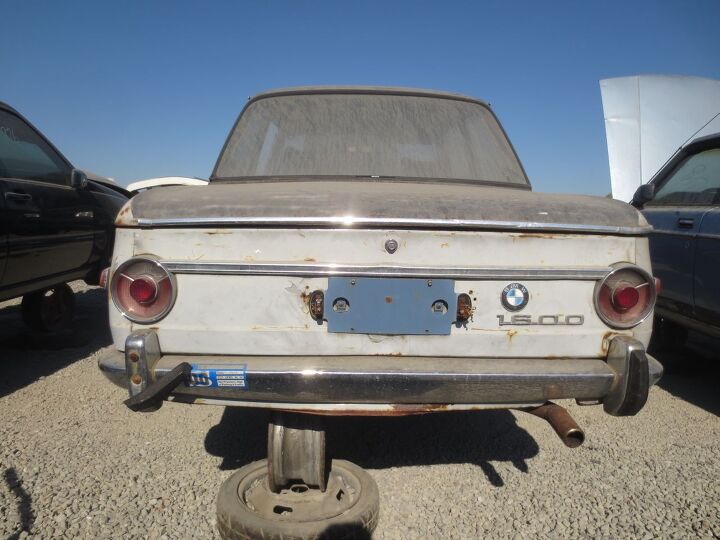

























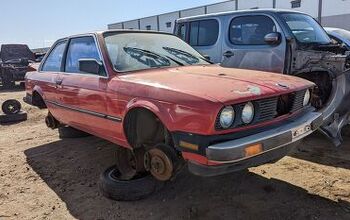
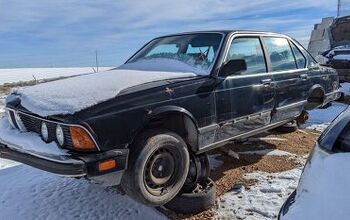
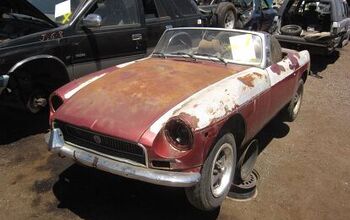
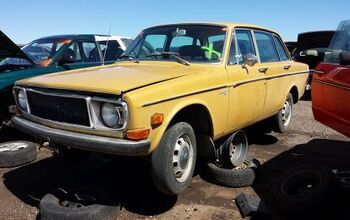













Comments
Join the conversation
I do think this was the car that put BMW on the map. As great and fun as this car was to drive, there was one car so similar, yet better. The 510 Datsun 1600 a superior car that showed the Japanese can build cheap and fun vehicles, it even developed 96hp out of the L16, a great little engine.
The low price of the 1971 BMW was a direct result of a very favorable exchange rate up until then. A dollar was worth 4 Deutsche Marks in 1969, about 3.6 in 1971, but declined to 2 by 1978. Compound that with double-digit inflation stateside and once-cheap Beetles became premium small cars. And forget about Rabbits and Sciroccos, not to mention Mercedes. It also meant that affordable 1600 was a $10,000-plus 320i yuppiemobile by the end of the decade. The dollar took a dip against the yen as well, but the decline was slower and really didn't have as much effect until the 1980's.